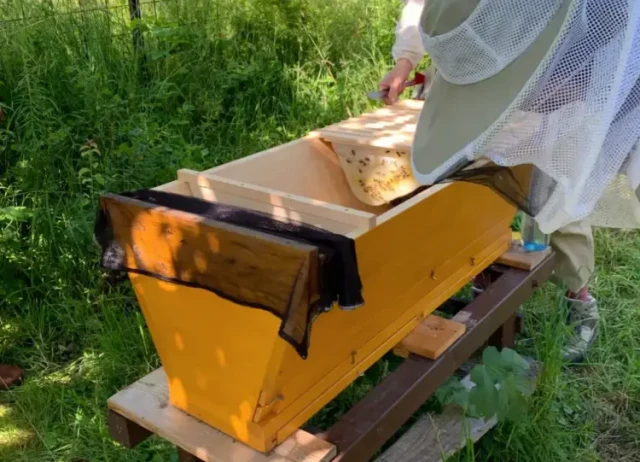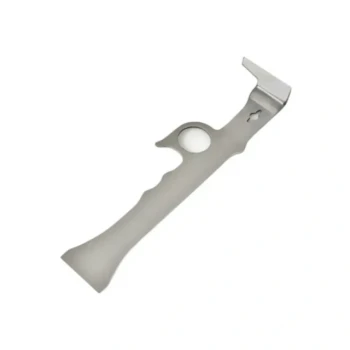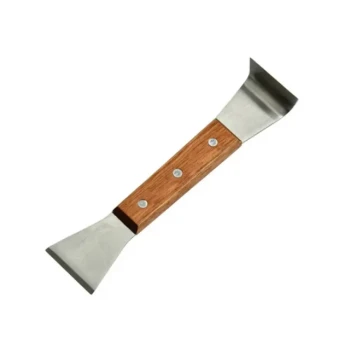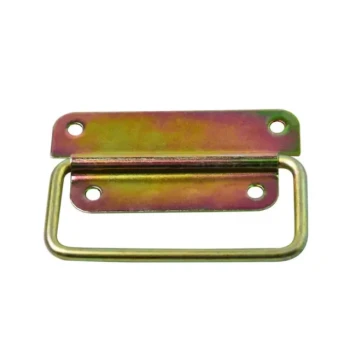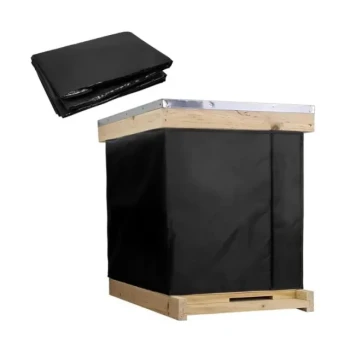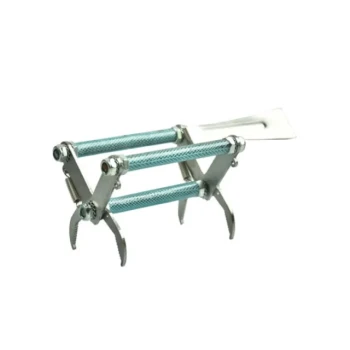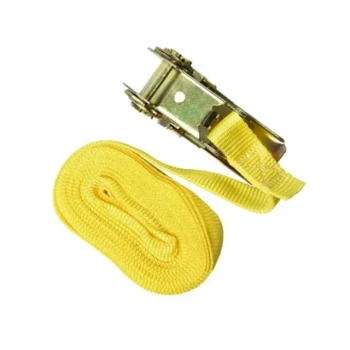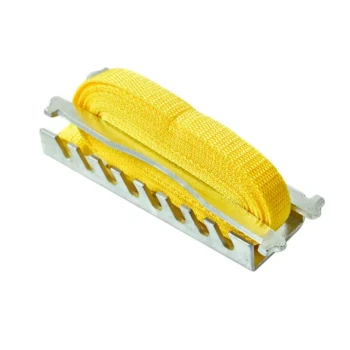For beekeepers seeking a harmonious balance between bee welfare and practical hive management, top bar hives present a compelling alternative to traditional framed systems. These horizontal hives prioritize natural bee behaviors while reducing physical strain on beekeepers—but do they deliver comparable efficiency? This evidence-based guide examines honey yields, swarm rates, and long-term sustainability to help you make an informed transition.
The Ergonomic Advantage of Top Bar Hives
Reducing Physical Strain in Apiary Management
Unlike Langstroth hives requiring heavy super boxes, top bar hives eliminate lifting 40-60 lb honey-filled chambers. Beekeepers report reduced back stress during inspections—a critical factor for small-scale operators managing multiple colonies.
Key benefits:
- No need for mechanical extractors (honey is harvested via crush-and-strain)
- Lightweight bars replace cumbersome frames
- Ideal for beekeepers with mobility limitations
Designing Hives for Accessibility
The horizontal layout allows:
- Easier swarm control: Bars can be rearranged to prevent overcrowding
- Minimal disturbance: Bees experience less disruption during checks
- Adaptable configurations: Hives can be extended without adding vertical layers
"After switching to top bar hives, my weekly inspections take half the time—and my bees seem calmer," notes a Vermont-based apiarist.
Natural Beekeeping in Action
Mimicking Wild Honeybee Habitats
Top bar hives replicate natural comb-building patterns. Bees construct free-hanging combs without artificial foundations, which:
- Encourages natural cell size (linked to healthier brood development)
- Redces pesticide absorption (foundation wax often contains contaminants)
The Impact of Foundationless Comb on Bee Health
Research suggests bees in foundationless systems:
- Exhibit lower mite infestation rates (due to natural brood cycles)
- Produce thicker, more resilient comb walls
- Maintain better temperature regulation
A 7-year observational study found top bar colonies had 15-20% higher winter survival rates versus conventional hives in northern climates.
Addressing Skepticism About Top Bar Hives
Honey Yield Comparisons: Myths vs. Reality
While Langstroth hives produce 5-10 gallons annually, top bar systems yield 3-5 gallons—but with notable trade-offs:
| Factor | Top Bar Hive | Langstroth Hive |
|---|---|---|
| Honey per colony | 3-5 gallons | 5-10 gallons |
| Wax production | 1 full comb per harvest | Minimal additional yield |
| Labor intensity | Low (no heavy lifting) | Moderate |
The lower honey output is offset by higher beeswax production—a valuable byproduct for candle makers and cosmetic producers.
Cost-Efficiency Over a 5-Year Timeline
Initial savings are significant:
- Materials: Can be built for under $50 using reclaimed wood
- Equipment: No extractor or specialized tools required
- Maintenance: Fewer replaceable parts than framed hives
"Our apiary saved over $1,200 in equipment costs by transitioning 10 colonies to top bar systems," shares a Michigan beekeeper.
Adopting Top Bar Hives: A Step-by-Step Guide
Transitioning from Langstroth to Top Bar Systems
- Start with a nucleus colony: Transfer 3-5 bars of brood and bees in spring
- Position bars carefully: Maintain 1" spacing to prevent cross-combing
- Monitor closely: Expect a 2-3 week adjustment period
Seasonal Maintenance Simplified
- Spring: Add empty bars at the hive’s front to encourage expansion
- Summer: Harvest honey from rear bars to avoid brood disturbance
- Fall: Consolidate combs toward the center for winter clustering
Ready to embrace sustainable beekeeping? HONESTBEE’s wholesale beekeeping supplies help commercial apiaries and distributors implement top bar systems efficiently. Explore our durable, bee-centric solutions designed for long-term colony health and beekeeper satisfaction.
"The bees’ needs first—the honey will follow."
Products You Might Be Looking For:
Explore horizontal top bar hives for wholesale
View Kenya-style top bar beehives
Check out automatic honey flow mini hives
Visual Guide
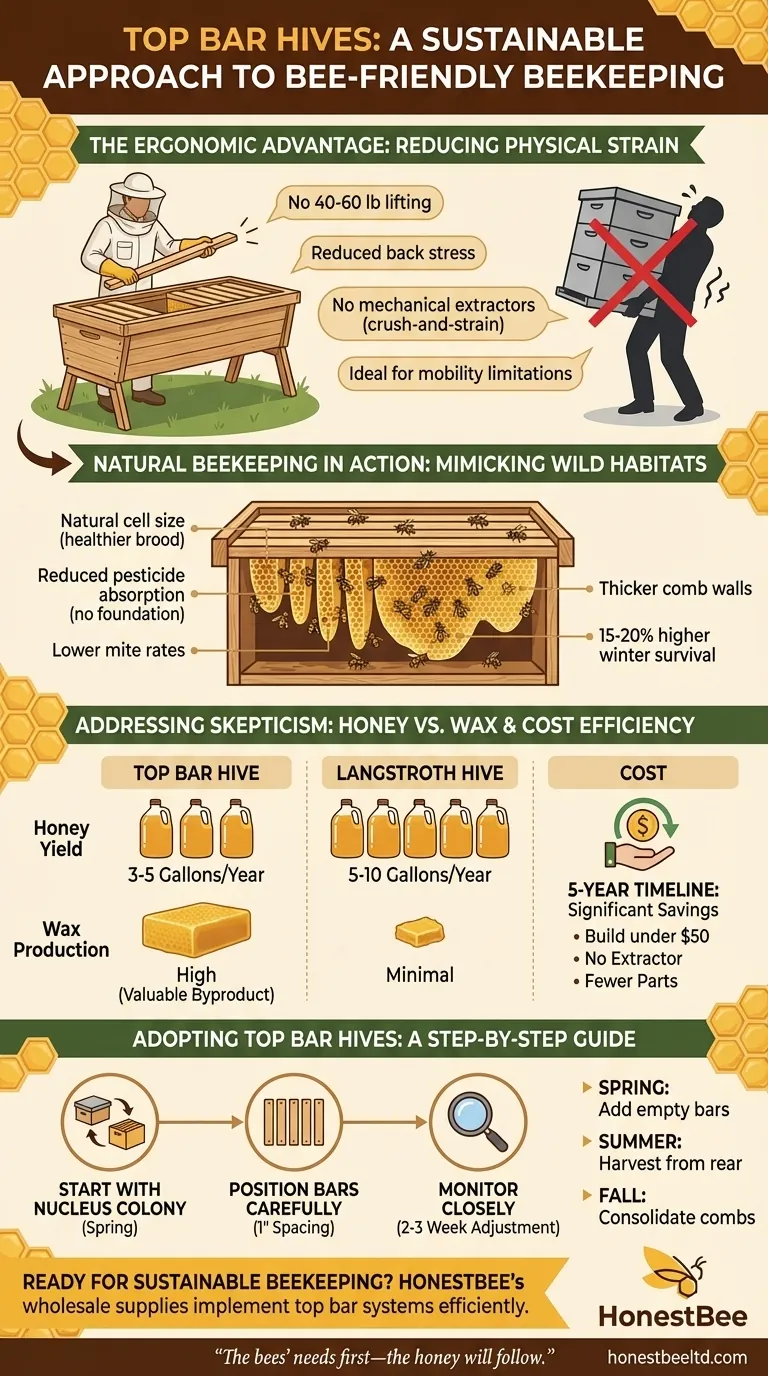
Related Products
- Top Bar Beehive for Beekeeping Wholesales Kenya Top Bar Hive
- Long Langstroth Style Horizontal Top Bar Hive for Wholesale
- HONESTBEE Professional Multi-Functional Hive Tool with Ergonomic Wood Handle
- HONESTBEE Professional Long Handled Hive Tool with Precision Cutting Blade
- HONESTBEE Advanced Ergonomic Stainless Steel Hive Tool for Beekeeping
Related Articles
- How to Harvest Honey from Top Bar Hives Sustainably: A Bee-Friendly Guide
- The Horizontal Trap: Hive Geometry and the Psychology of Winter Survival
- How Beekeepers Can Stop Ants Naturally Without Harming Their Hives
- How to Inspect Top Bar Hives Without Damaging Comb: A Beekeeper’s Guide
- How to Relocate Beehives Safely: A Science-Backed Guide for Beekeepers
